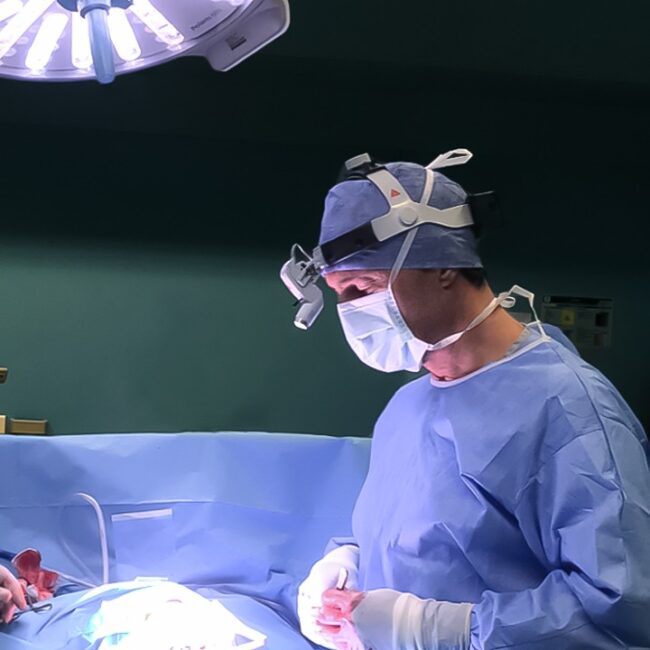IPC (Intrapleural Permanent Tunnelled Chest Catheter for Malignant Pleural Effusion and Chylothorax)
Indwelling pleural catheters (IPCs) are increasingly being used for patients with recurrent malignant pleural effusions. They are simple to place and can be done on an outpatient basis under local anesthesia. IPCs uniformly relieve dyspnea and improve quality of life of patients with malignant pleural effusions. In some patients with recurrent non-malignant pleural effusions (chylothorax,…

